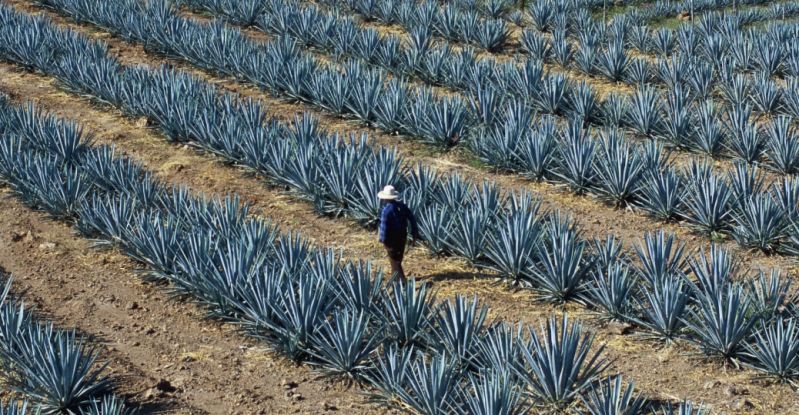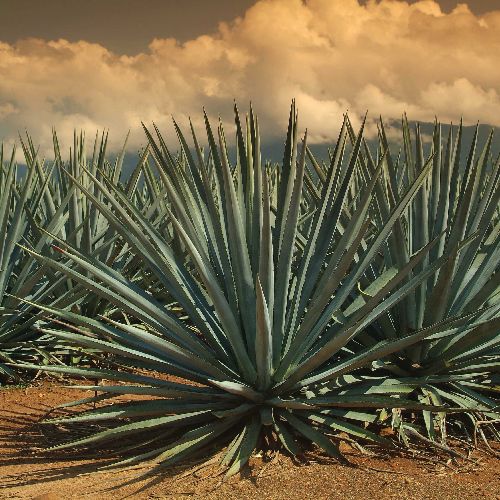How Tequila Could be Key in our Battle Against Climate Change
Published on by Water Network Research, Official research team of The Water Network in Academic
Agave, the cactus-like plant which forms the base ingredient of tequila, has a nocturnal 'body clock' which allows it to 'breathe' at night and withstand the driest of conditions.

Now scientists are hoping to harness this reverse molecular clock to engineer new drought-resistant crops that will be able to adapt to our future changing climate.
Publishing their findings in this month's Nature Plants, the team from Newcastle University, UK, and Oak Ridge National Laboratory, Tennessee, reveal for the first time how the stomata -- or 'breathing' pores -- on the Agave's leaves are kept shut during the day to minimise water loss.
The process is opposite to that of most plants which keep their stomata open during the day so they can take in Carbon Dioxide and use the sunlight for photosynthesis. However, this also means they lose water rapidly through evaporation.
Newcastle University's Professor Anne Borland, one of the authors of the study, explains:
 "Photosynthesis needs three key ingredients -- CO2, water and sunlight -- so it follows that most plants keep their stomata open in the day when it is sunny and shut at night when it is dark.
"Photosynthesis needs three key ingredients -- CO2, water and sunlight -- so it follows that most plants keep their stomata open in the day when it is sunny and shut at night when it is dark.
"But for a plant living in hot, arid conditions such as the Agave, this would be disastrous.
They need to conserve every drop of water they can and leaving their stomata open during the day would result in such rapid water loss they would simply die.
"What we have shown in this study is that in so-called CAM plants -- Crassulacean Acid Metabolism plants like the Agave -- several of the genes controlling stomatal opening have had their abundance re-scheduled or 'flipped' from being more abundant during the day to more abundant at night.
"Storing the carbon from the CO2 taken up overnight, the plants photosynthesise in the day like other plants but are able to carry out the process without opening their stomata.
"If we can harness these genes and engineer new drought-resistant plants then the potential is huge in terms of developing crops and biofuels that are able to withstand the challenges we face from a changing climate."
Read full article at: Science Daily
Media
Taxonomy
- Climate Change
- Climate Change Adaptation
- Climate Change Resilience
- Greenhouse Gases
- Fossil Fuels
- Environmental